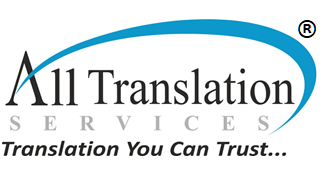How Does a Simultaneous Interpreting System Work?
Simultaneous Interpreting
You may often wonder how simultaneous interpreting systems work. Simultaneous interpreting and equipment systemsplay a pivotal role in enabling seamless multilingual interactions, particularly in international conferences, diplomatic meetings, and large-scale events. This blog delves into the mechanics of these systems, the equipment involved, and how they facilitate real-time language translation.
Understanding Simultaneous Interpreting
Unlike consecutive interpreting where the speaker pauses while the interpreter translates, simultaneous interpreting is a real-time process. Interpreters listen to the speaker’s speech and simultaneously produce an equivalent message in the target language. This requires exceptional linguistic skills, concentration, and rapid thinking.
Key Components of a Simultaneous Interpreting System
Interpreter Booths: Soundproof enclosures where interpreters work in isolation, focusing on the speaker and delivering accurate translations.
Microphones: Capture the speaker’s voice and the interpreter’s translated speech.
Headsets: Used by interpreters to listen to the speaker and by participants to receive the interpreted audio.
Transmitters and Receivers: Transmit the interpreted audio wirelessly to participants’ receivers.
Audio Consoles: Manage audio inputs and outputs, ensuring optimal sound quality.
Relay Interpretation Systems: Facilitate multilingual events by allowing interpreters to translate from a common source language to their target languages.
How It Works
Speaker’s Speech: The speaker’s voice is captured by a microphone and transmitted to the interpreter booths.
Interpreter’s Translation: Interpreters listen to the speaker and simultaneously translate the speech into the target language.
Audio Transmission: The interpreted audio is transmitted to the participants’ receivers.
Participant Reception: Participants select their desired language on their receivers and listen to the translated speech.
Ensuring Seamless Interpretation
Preparation: Interpreters thoroughly research the event’s topics, terminology, and speakers to enhance accuracy.
Equipment Setup: Proper installation and configuration of equipment are essential for optimal performance.
Technical Support: On-site technicians provide assistance and monitor the system for any issues.
Dry Runs: Simulated events help identify potential problems and refine the system.
The Benefits of Simultaneous Interpreting
Real-time Communication: Enables immediate understanding without interruptions.
Inclusivity: Promotes participation from diverse audiences.
Efficiency: Saves time compared to consecutive interpreting.
Accuracy: Skilled interpreters ensure precise translation.
We specialize in providing simultaneous interpreting services and equipment rental. Our expertise and state-of-the-art technology guarantee seamless multilingual communication for your events. Contact us today to learn more about our solutions.
